Translation-Driven Regional Branding: Constructing TCM Narratives within Global Health Discourses
DOI: 10.23977/infkm.2025.060202 | Downloads: 9 | Views: 579
Author(s)
Wei Sun 1, Man Yao 1
Affiliation(s)
1 Anhui Xinhua University, Hefei, Anhui, China
Corresponding Author
Wei SunABSTRACT
This study explores how translation empowers regional branding, focusing on Anhui traditional Chinese medicine (TCM) within global health discourses. Drawing on a tri-source corpus and audience surveys, three key challenges are identified: blurred terminology due to pinyin transliteration, insufficient integration between cultural narratives and scientific reasoning, and frequent misinterpretation of visual symbols. To address these barriers, the paper proposes a "translation–branding–discourse adaptation" model, supported by four strategies: terminology standardization, integrated narrative reconstruction, cross-cultural visual adaptation, and a layered communication framework. A case study of Bozhou Peony illustrates how translation enhances brand recognition, improves market acceptance, and strengthens cultural resonance. Methodologically, the study integrates corpus analysis, audience perception surveys, semiotic interpretation, and applied case studies to bridge theoretical inquiry with practical implementation. The findings not only broaden the scope of translation studies by highlighting translation as a tool of value co-construction, but also provide actionable strategies for enhancing the international visibility and competitiveness of TCM brands, contributing to both regional development and global health communication.
KEYWORDS
Translation Empowerment; Regional Branding; TCM Communication; Global Health Discourse; Cross-Cultural CommunicationCITE THIS PAPER
Wei Sun, Man Yao, Translation-Driven Regional Branding: Constructing TCM Narratives within Global Health Discourses. Information and Knowledge Management (2025) Vol. 6: 13-19. DOI: http://dx.doi.org/10.23977/infkm.2025.060202.
REFERENCES
[1] World Health Organization. (2025, April 20). WHO Traditional Medicine Global Summit 2023: Meeting report, Gujarat, India, 17–18 August 2023. WHO.
[2] World Health Organization. (2025). Traditional medicine: Q&A. WHO.
[3] World Health Organization. (2022). International Classification of Diseases 11th Revision (ICD-11): 2022 release. WHO.
[4] Lim, L., Chen, C., & Wang, L. (2022). Translating TCM nomenclature into English: A bilingual reference. European Journal of Integrative Medicine, 54, 102155.
[5] Song, M., Ni, F., Li, J., Li, X., & Li, K. (2025). Status quo, problem, and prospect for traditional Chinese medicine international terminology standards. Guidelines and Standards in Chinese Medicine, 3(1), 1–7.
[6] Lai, H., Moore, A. L., Yan, X., & Li, W. (2025). A qualitative analysis of WHO's International Standard Terminologies on TCM. Chinese Medicine and Culture, 8(1), 86–95.
[7] Pan, J. (2025). International academic representation of traditional Chinese medicine in the post-COVID-19 era: A corpus-based exploration. Frontiers in Communication, 10, 1503708.
[8] Celhay, F., Cheng, P., Masson, J., & Li, W. (2020). Package graphic design and communication across cultures: An investigation of Chinese consumers' interpretation of imported wine labels. International Journal of Research in Marketing, 37(1), 108–128.
[9] Spence, C. (2022). Visual communication via the design of food and beverage packaging. Cognitive Research: Principles and Implications, 7, 28.
[10] Shukla, P., Singh, J., & Wang, W. (2022). The influence of creative packaging design on customer motivation to process and purchase decisions. Journal of Business Research, 147, 338–347.
[11] Li, Y., Fan, J., Cheng, X., Jin, H., Wang, Y., Wei, F., An, F., & Ma, S. (2024). New revolution for quality control of TCM in Industry 4.0: Focus on artificial intelligence and bioinformatics. TrAC Trends in Analytical Chemistry, 181, 118023.
[12] Huang, N., He, W., Wu, J., Liu, S., Li, Y., & He, J. (2024). Possible opportunities and challenges for traditional Chinese medicine research in 2035. Frontiers in Pharmacology, 15, 1426300.
| Downloads: | 3603 |
|---|---|
| Visits: | 161339 |
Sponsors, Associates, and Links
-
Journal of Language Testing & Assessment
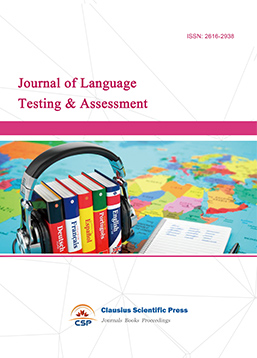
-
Military and Armament Science
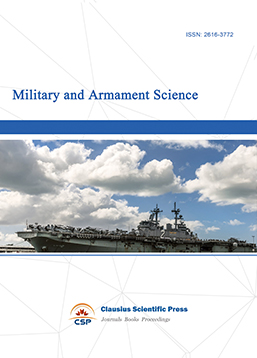
-
Media and Communication Research
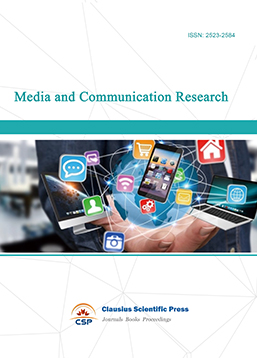
-
Journal of Human Movement Science
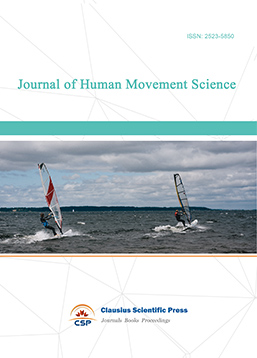
-
Art and Performance Letters
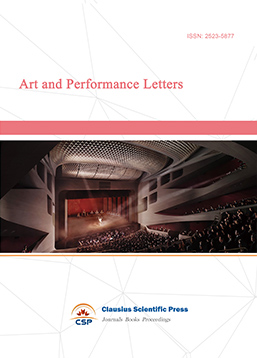
-
Lecture Notes on History
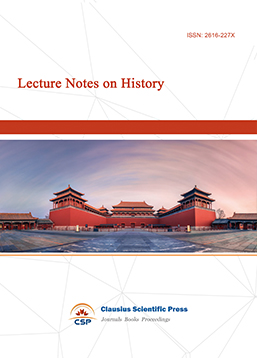
-
Lecture Notes on Language and Literature
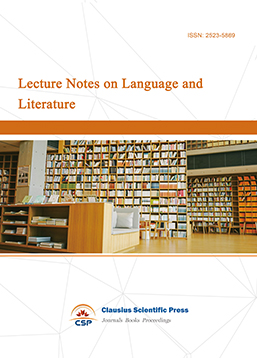
-
Philosophy Journal
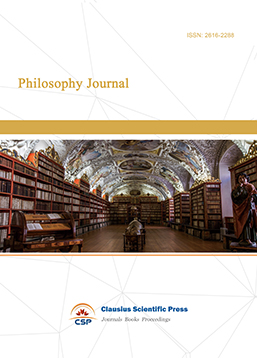
-
Science of Law Journal
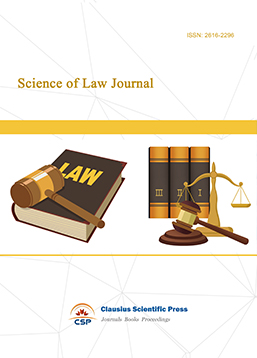
-
Journal of Political Science Research
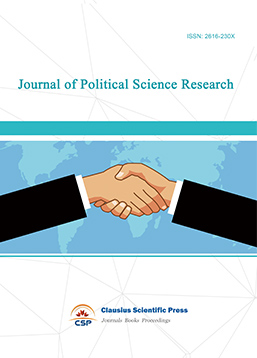
-
Journal of Sociology and Ethnology
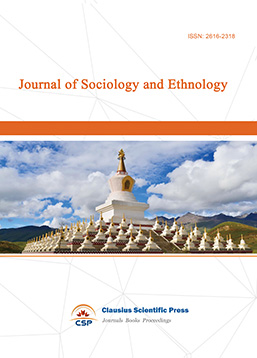
-
Advances in Broadcasting
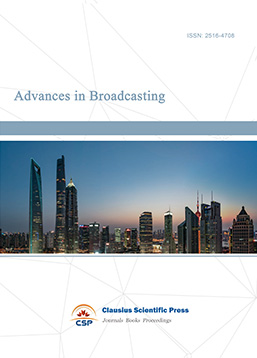

 Download as PDF
Download as PDF